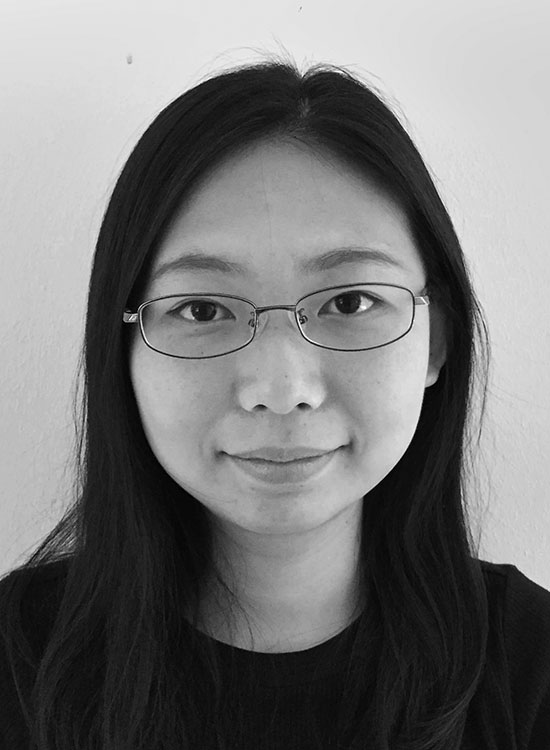Biography
Gao Tongchaoran is currently a PhD candidate in Singapore University of Technology and Design, advised by Dr. Chong Keng Hua. After graduating from Columbia University in the City of New York, Gao’s passion for empirical research led her to explore more about the dynamics between living space and social interaction. Her study focuses on informal space, such as flea market and neighborhood appropriation in common corridor. One of her case studies of the Singapore Sungei Road Flea market received the best paper award in the 10th International Forum on Urbanism, 2017. Incorporating neighborhood appropriation with space syntax (network analysis), her PhD thesis develops a methodology that evaluates neighborhood interaction opportunity, semi-quantify spatial atmosphere, and potentially explain their dynamics with architectural features.
Research Statement
Gao’s PhD research focuses on neighborhood interaction with a special interest in informal territory (spatial appropriation). It includes an academic understanding of the dynamic between neighborhood atmosphere and resident’s interaction, as well as an application to how architectural design features can improve neighborhood interaction opportunity.
The research looks at the scale of a HDB floor, based on the assumption that the common corridor is the most promising but also the most underestimated social platform for neighbors’ interaction to occur. The spatial appropriation in the corridor is the essence to capture the intangible neighborhood atmosphere and to make it quantifiable. In this case, this research incorporates spatial appropriation to space syntax and network analysis, and provides estimates on interaction opportunity and cluster atmosphere quality. It also compares the residential floors with high interaction opportunity and inclusive atmosphere quality, to search for patterns of architectural design features that can potentially improve neighborhood interaction.
The research can serve as a guide to shaping an inclusive atmosphere and increasing residents’ interaction in the neighborhood. It generates insights for designers and planners to better understand the role of the common corridor in, not only commuting, but also hosting complicated everyday-life activities.
Selected Publications
- Gao,T . (2019). The Ground-up Social Platform:A case study of Informal Territory in Common Corridor.12th Conference of The International Forum on Urbanism: Beyond Resilience.https://www.researchgate.net/publication/337971952_The_Ground-up_Social_Platform_A_Case_Study_of_Informal_Territory_in_Common_Corridor
- Chong.K & Gao,T. (2017). Urban Village of Start-ups: The Case of Sungei Road Market.10th Conference of The International Forum on Urbanism: The Entrepreneurial City.

